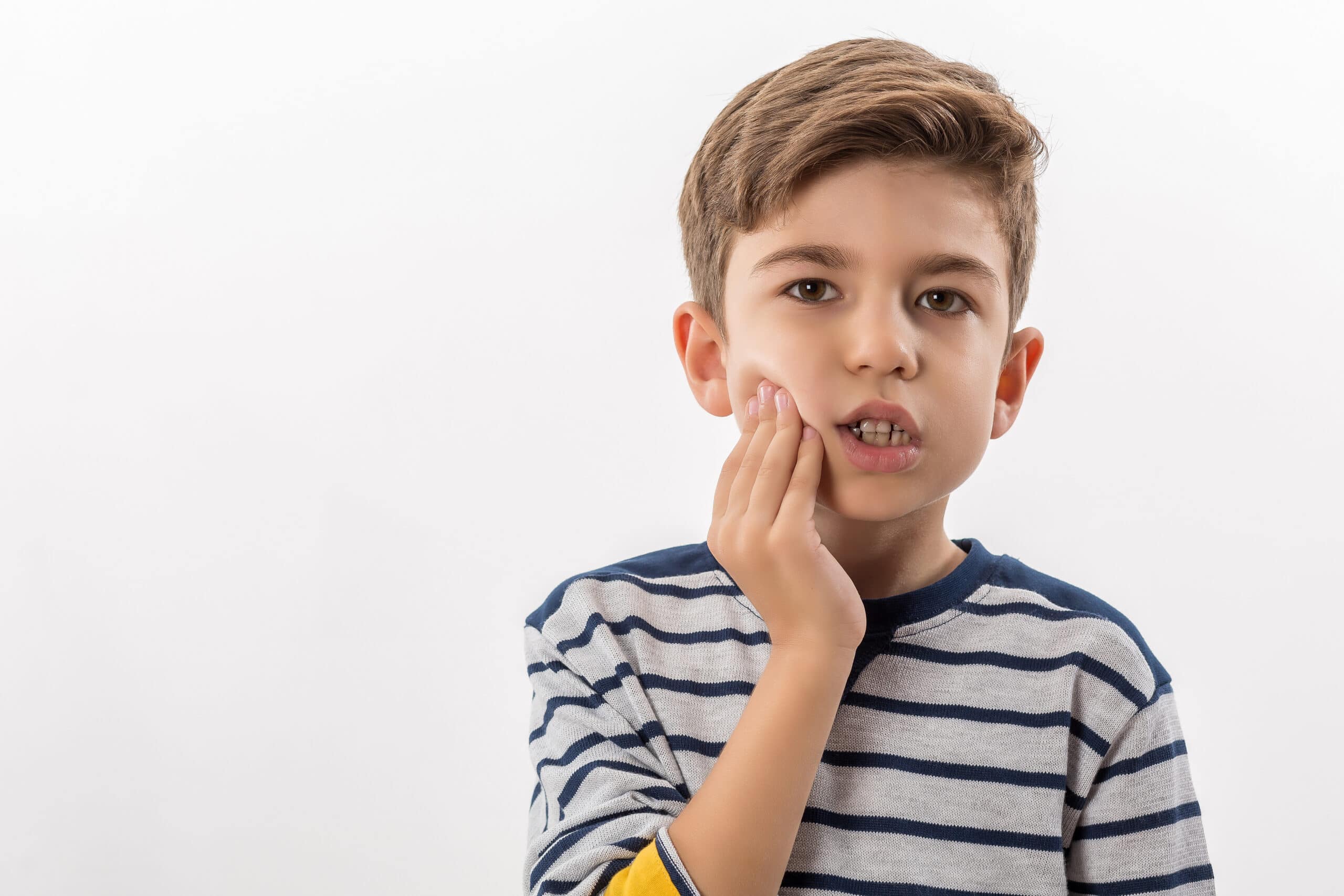When the dentist comes out and tells you your child has a cavity, it might be surprising. However, even with a strict oral hygiene routine, children can still get cavities. In fact, about 20% of children in the five to eleven age group have at least one untreated decaying tooth, according to the Centers for Disease Control and Prevention (CDC).
Many parents question what to do if their child gets a cavity, especially cavities on baby teeth. The worst thing you can do for a cavity is to leave it unfilled or untreated. We will go over the basics of cavities in children, and what you can do as a parent to help prevent and treat cavities.
Children and Cavities
And, according to the National Institute of Dental and Craniofacial Research (NIDCR), around 42 percent of kids between two and 11 years old have dental caries that affect their baby teeth.
Kids are susceptible to cavities primarily because of poor diet, weak enamel, and lack of proper oral hygiene. You may immediately assume your child has a cavity because they are not brushing and flossing properly. And, while this may be the case, tooth decay could also be caused by certain germs and even genetics. Dental caries are actually more common in children than other chronic conditions, like diabetes and asthma.
Signs and Symptoms Your Child Has a Cavity
To determine if your child has a cavity, there are a few signs you can look for, as well as typical symptoms that accompany a cavity.
Signs of a Cavity
The earliest sign of tooth decay is the formation of chalky, white spots on the teeth. This is due to calcium loss and plaque buildup. Once a cavity begins to form from the tooth decay, the area will become light brown. These spots or holes will deepen and darken in color.
Symptoms of a Cavity
Usually, you’ll be able to tell if your child has cavities when they begin complaining about certain symptoms. Some symptoms they may complain about are:
- Sensitivity to cold, hot, or sweet foods
- Pain in the area surrounding the affected tooth
- Pain of the affected tooth
Solutions for Kids Cavities
Your dentist will be able to provide you with a full spectrum of options to address your child’s cavities whether they are on your child’s baby teeth or adult teeth. This includes not only treating the current cavity, but also helping to prevent any more from forming.
Cavity Solutions
- Amalgam Fillings — Amalgam fillings are silver-colored, and commonly used to treat cavities for kids. They’re typically less expensive and more durable than composites, which is why many dental insurance plans cover them. They’re also faster to apply so your child spends less time in the dentist’s office. If your child has a cavity on their baby tooth, amalgam fillings offer a solution to stop tooth decay without breaking the bank as you wait for the adult tooth to come in.
- Composite Fillings — Composite fillings made from tooth-colored or white resin. They’re not as durable as amalgams and staining is more likely, but they are virtually invisible on your child’s smile. They’re more expensive and take longer to apply. If your child has a cavity on an adult tooth or a tooth that is visible when they smile, a composite filling may be a sound choice.
Cavity Prevention
- Dental Sealants — Dental sealants are a thin, coating that is painted on back teeth to prevent tooth decay from developing. They’re a quick and simple way to protect your child’s teeth since they work as a barrier to cavity-prone areas.
- Silver Diamine Fluoride (SDF) — SDF is a cavity preventative and solution. SDF is a type of liquid substance made of silver, ammonia, fluoride, and water. It’s considered by dentists to be safe for everyone, even children. Dentists apply SDF right to the cavity to stop the decay process instantly. Not only does SDF stop cavities from growing and spreading, but it can also be used to prevent cavities from forming.
- Preventative Fluoride Treatments — Fluoride is proven to strengthen enamel, which helps prevent cavities. When your child’s teeth are strong, it’s more difficult for bacteria to penetrate through the enamel. Fluoride varnishes are applied topically and are effective and safe in preventing dental caries in kids. Family dentists often incorporate fluoride varnish into their childhood preventive care. Insurance typically covers this treatment until a certain age, and bi-annual fluoride treatments are included in Triangle Dentistry’s Child Membership.
- Regular Professional Exam and Cleanings — Routine professional cleanings can help remove plaque and tartar buildup, which can lead to cavities. Dentists can also catch decay in its early stages, treating it before a cavity or dentin decay occurs.
Don’t despair if your child has a cavity. Proper oral hygiene, avoiding sugary foods as much as possible, and visiting the dentist often are great steps in cavity prevention in kids. If your child does get a cavity, your dentist can discuss with you your full range of options for cavity treatment and prevention.
Triangle Dentistry, located in Raleigh, NC, provides a state-of-the-art facility that offers exceptional general dental and specialty services guided by empathy of a patient’s needs and desires. Services range from dental crowns to veneers and whitening procedures. For further information, questions, or to schedule an appointment, contact the office at (919) 747-3608.
